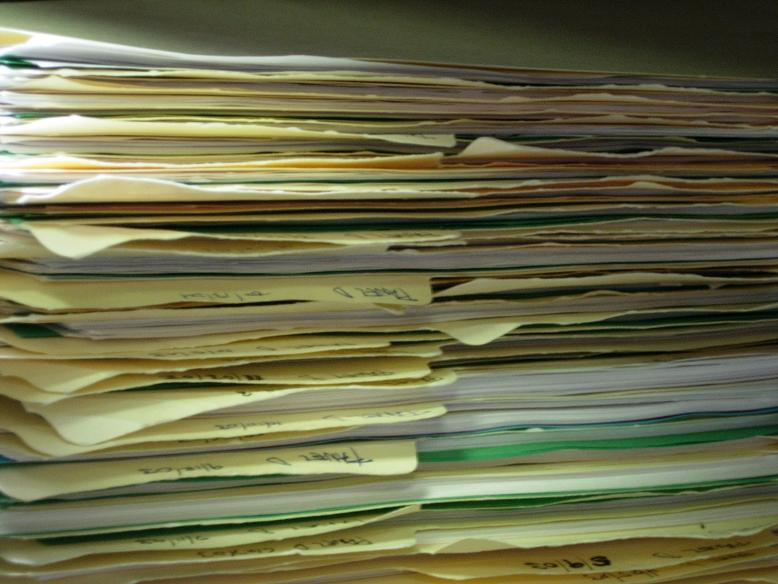
ND Records Management Program is led by North Dakota Information Technology and is available on their website. You can export the series into an excel file for the most up-to-date version.
 Overview
OverviewThe main objective of Records Management is to assist university departments in managing their records throughout the entire life cycle of the records, from creation or receipt, through the use and maintenance stage, until final disposition of the records.
Effective records management helps organizations meet their legal obligations and comply with regulations, reducing the risk of penalties. It also protects sensitive information, lowering the chance of data breaches. By making it easier to find documents, it saves staff time and reduces costs. Efficient storage solutions further cut costs by optimizing space. Additionally, it aids in discovery processes and handles open records requests efficiently, ensuring transparency and accountability.
"Record" means document, book, paper, photograph, electronic mail or communication, sound recording or other material, regardless of physical form or characteristics, made or received pursuant to law or in connection with the transaction of official business activities, policies, or decisions that provide administrative, operational, fiscal, historical, audit, or business value. (NDCC 54-46-02)
"A corridor of files at The National Archives UK.jpg" by EduVolunteer is licensed CC-BY 3.0.
Library and museum material made or acquired and preserved solely for reference or exhibition purposes, extra copies of documents preserved only for convenience of reference, nonbusiness related or draft electronic messages and stocks of publications and of processed documents are not included within the definition of records as used in this chapter. (NDCC 54-46-02)
These include: duplicates, drafts, reference materials, personal communications, supplies, blank forms/media
 Formats
FormatsRecords can exist in a wide variety of formats, each serving different purposes and requiring specific management practices. Traditional paper records remain common for legal documents and handwritten notes. Electronic records encompass a broad range of digital formats, including office documents like Word files and spreadsheets, emails, texts, and instant messages, which are often used for quick communication. Scanned images and pictures convert physical documents and visual content into digital formats for easier storage and retrieval. Audio and video files capture spoken words, music, and visual recordings, often used in meetings or surveillance. Online content such as blogs, wikis, and tweets represent dynamic, user-generated records that reflect real-time communication and collaboration. Older archival formats like microforms, including microfiche and microfilm, are still used for preserving historical documents in compact, durable formats. Each of these record types plays a crucial role in information management and must be handled according to its specific characteristics and regulatory requirements.
"Paperwork" by Tom Ventura is licensed CC-BY 2.0.
An official record is the most complete and authoritative version of a record, maintained for legal, administrative, fiscal, or historical purposes. The Office of Record refers to the department or individual responsible for creating, receiving, or maintaining this record. These records must be managed carefully, and their disposition—which includes how long they are kept and when they can be destroyed—is governed by the North Dakota University System (NDUS) Records Retention Schedules. The retention period for each record is determined by its content, not its format or location, ensuring that important information is preserved appropriately.
This guide was created with information provided by Chris Carper, Records Manager, University of North Dakota and with the assistance of Microsoft CoPilot.